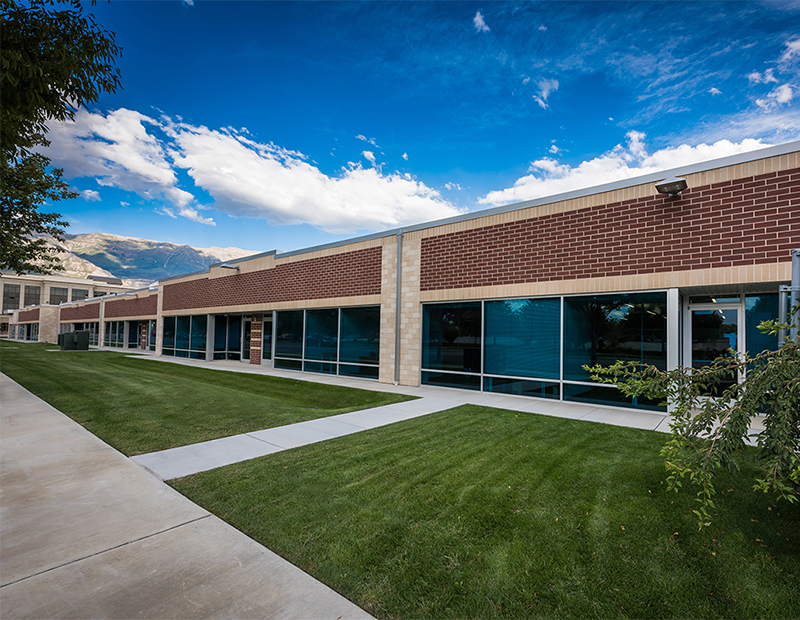St. John Properties to Invest $120M in Utah Business Parks
Beltway West and Spring Pointe Exchange will add a total of 525,000 square feet of office and flex/R&D space to the market.
St. John Properties has announced plans to deliver 525,000 square feet of high-utility office and flex/R&D space to the Utah market. The real estate investment company expects to invest a total of $120 million in the development of Beltway West in Taylorsville and Spring Pointe Exchange in Springville.
READ ALSO: Some US Megaprojects Power Through in the New Normal
St. John is undaunted by COVID-19’s impact on the national commercial real estate industry; the company cites location as one of the factors behind its confidence in commencing Beltway West and Spring Pointe amid the pandemic. “Taylorsville and Spring Pointe are in business-friendly Utah and these cities are in areas ranked as best metro areas for rapid recovery as compared to other metro areas across the U.S.”, Daniel Thomas, regional partner with St. John Properties, told Commercial Property Executive.
Beltway West will occupy 20 acres roughly 10 miles south of downtown Salt Lake City. The property will offer 300,000 square feet of office space spanning four single-story structures and a six-story building. Spring Pointe, sited on 18 acres approximately 50 miles outside of Salt Lake City in Utah County, will ultimately feature six buildings encompassing 225,000 square feet of flex/R&D space. Together, Beltway West and Spring Pointe will be able to accommodate a total of nearly 2,800 employees within their aggregate half million square feet of space. On a May 21 video call announcing the Utah projects, Thomas noted that the company plans to start construction on Spring Pointe within two weeks.
Demand drivers
Taylorsville and Springville may not have the national recognition of Salt Lake City, but they do have a certain appeal for commercial real estate users. “They are secondary markets to the primary Salt Lake City and Provo markets with the opportunity for class A options without the same cost structure as the primary markets,” Thomas told CPE.
Overall, Utah’s commercial real estate market, buoyed by strong economic fundamentals and a diversified workforce, commenced 2020 on solid ground and it’s that foundation that observers anticipate will help support a rebound as coronavirus-related restrictions ease. According to a report by Newmark Knight Frank on the implications of the pandemic on Utah’s commercial real estate industry, the industrial sector will likely not be as impacted by COVID-19 as other product types. And while the office sector won’t go unscathed, it is poised to acclimate to the “new normal.”
“Public awareness that 6 feet of distance is an overall good health practice will likely push the densification and open office trend of recent years into a further decline. With the potential demand for more square feet per employee, coworking space, as well as traditional leasing space, will need to adapt,” according to the NKF report. “Overall, leased square feet may not decline as much as has been the case in other times of recession and contraction due to companies changing their views on office space.”








You must be logged in to post a comment.